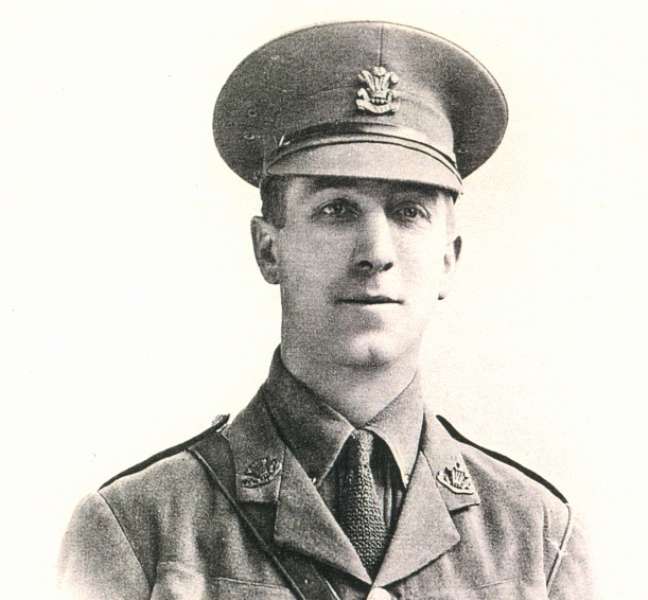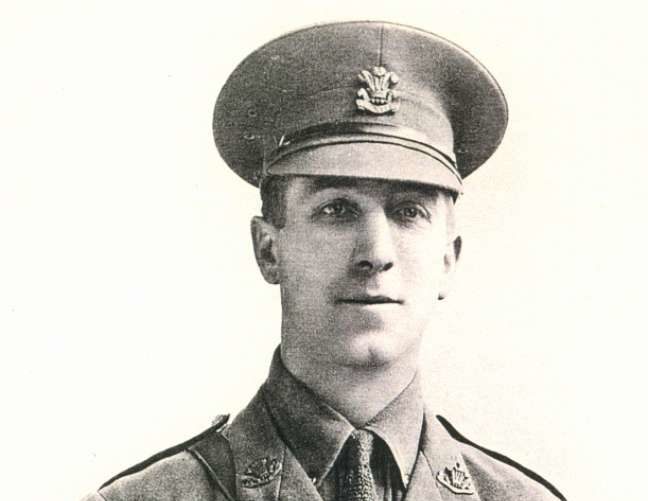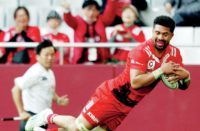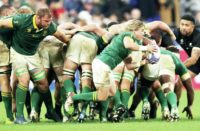 By Peter Jackson
By Peter Jackson
Some of the biggest names in the game have given it their best shot at the most elusive target in Test rugby – a strike rate of 100 per cent. All those renowned for the lethal nature of their finishing over the last century have, without exception, come up short. David Campese, Bryan Habana, Shane Williams, Rory Underwood and a squadron of All Black wings have gone close but not close enough.
Campese (64 tries from 101 Tests) barely managed one try in two matches, likewise Williams (60 from 91). Habana (64 from 117) and Underwood (50 in 91) finished up a fraction or two further back.
Of the Kiwi contingent, four came closer – Christian Cullen (46 from 58), Jeff Wilson (44 from 60), Sitiveni Sivivatu (33 from 48) and Joe Rokocoko (46 from 68). Of the current crop, Julian Savea has a strike rate second to none (39 from 42).
Whether he can improve his average from 0.928 to the round figure remains to be seen. If he does, he will be the first wing to do so since a Welshman whose feat deserves to be brought into sharp focus in this week, of all weeks, because it marked the centenary of his death.
Johnny Williams, below, gave his life for King and Country serving in the Cardiff City battalion during the first fortnight at the Somme. He died, along with thousands of compatriots, leading a unit of men from his hometown on a charge at German machine gun nests at a place whose name has become a byword for the slaughter of the Great War – Mametz Wood.
Captain Williams was 34. In five seasons on the wing for Wales, from December 1906 to March 1911, he played 17 times and scored 17 tries – three against England, three against France and three more against Scotland, the remainder against Ireland.
Scoring tries at that level of consistency is tough enough over one season. Some, of course, can be fortuitous but to maintain that finishing over five seasons against the best opposition around requires substantially more than beginner's luck.
Johnny's record is all the more spectacular for the conspicuous absence of any soft touches in the Test calendar back then. There were no lamentably lop-sided matches against lesser nations in his day, no cricket score occasions when the only test would be of a player's ability to fill his boots.
Williams did that against the best around from the beginning, against South Africa at Swansea, to the end, against Ireland at the Arms Park in March, 1911. By a strange coincidence, that match also marked the exit of a team-mate who matched Williams try for try, in one game fewer.
Reggie Gibbs, a fly-half who also played wing during a career which ran parallel to Williams, scored 17 tries in 16 matches. It helped that they played for the best team around, their tries a major factor behind three Welsh Grand Slams in four seasons before the so-called war to end wars.
A soccer convert who played his first game of rugby shortly before leaving Cowbridge Grammar School, Williams retired from rugby at the age of 29 after scoring 150 tries in 199 matches for Cardiff. He had been working as a clerk at the city's Coal Exchange when war broke out three years later.
Shot while leading his men on July 7, 1916, he died from his wounds five days later – 100 years ago last Tuesday. He lies among Flanders' fields, at the Corbie Communal Cemetery extension near Amiens – Plot 1, Row C, Grave 31.



























